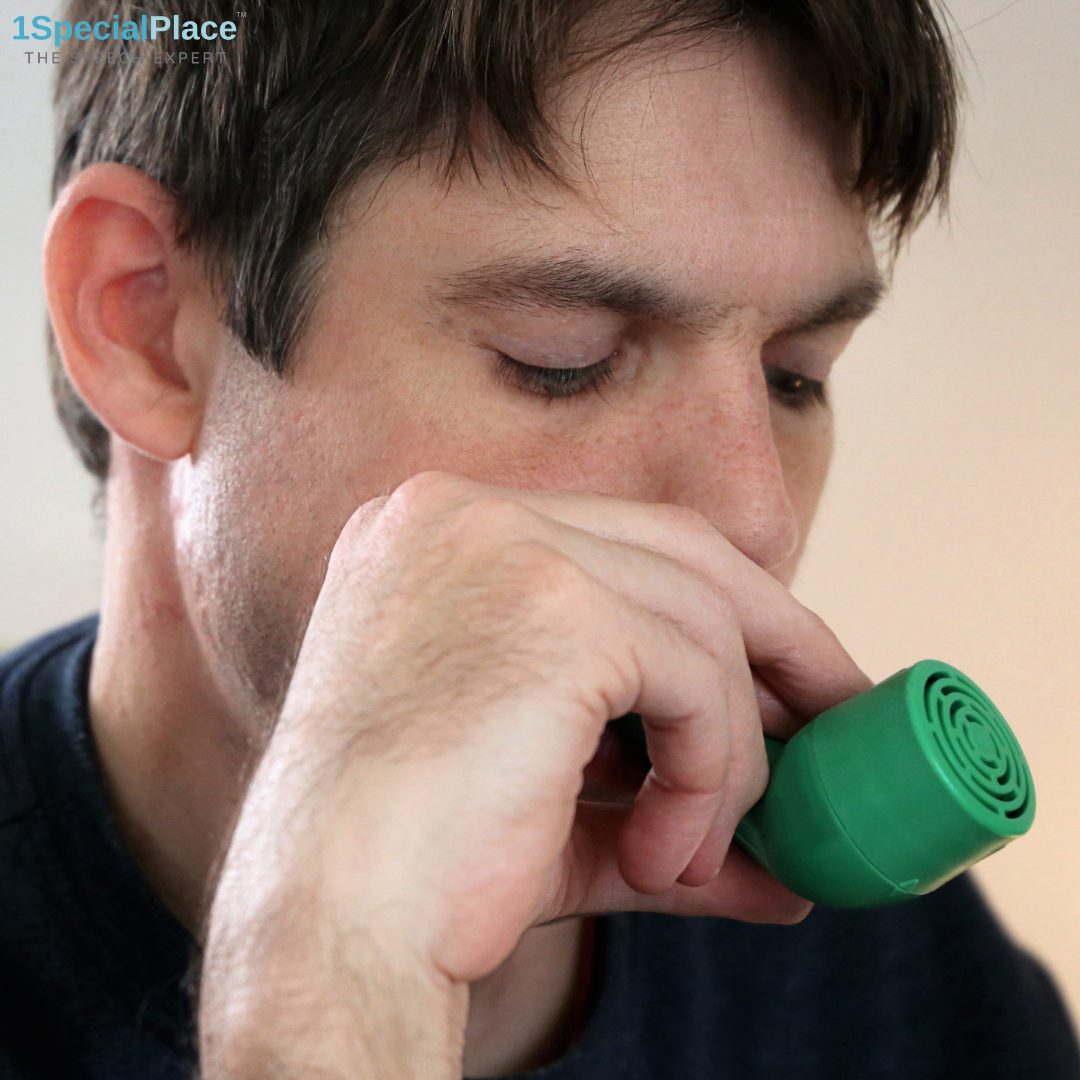
Tools for Adults with Dysarthria
Tools for Adults with Dysarthria
Dysarthria is a motor speech disorder. Further, the speech muscles become weak. There are many neurological causes of dysarthria. Each person with dysarthria is different. So, the treatment will vary depending on the person and issues seen. Talk to your neurologist and therapist for more information.
Speech Therapy is for persons with Dysarthria. In other words, therapy will preserve the muscle. It will improve its function. Hence, oral motor exercises are a part of speech therapy. Especially for persons with Dysarthria. The tools help in swallowing function too. Speech and swallowing go hand in hand. Tools help to work on specific areas and functions. Oral motor exercises use these tools often. It is a part of the speech therapy program.
The tools help to work on certain target goals. These goals are set by the clinician. Discuss with your therapist prior to starting the therapy. Keep in mind that the tools have a hierarchy of usage. It is crucial to consult with your therapist first. So, here we will list some tools for adults with dysarthria. Read on to know more.
The tools are to be used by a certified Speech Therapist and Oral Placement Therapist. You can use them under supervision only.
Tools for Adults with Dysarthria
TalkTools horns benefit people with dysarthria. It aids adequate breath support. Further, it aids velopharyngeal functions. Clinicians use them to teach target speech sounds. Furthermore, the horns help to reduce the drooling of saliva. Horns come in various sizes and models. Each horn is for a specific function and use. Further, your therapist will guide you on what you can use.
The Talk Tools straws along with the horns are popular. Additionally, the straws aid in jaw, lip, and tongue function. The straws can help train many oro-motor skills. In other words, it helps in lip rounding. Also, controlled tongue movements. Speech and safe swallowing need good oro-motor skills. Straws also come in many sizes. In other words, each straw is unique. They target a specific function. Your therapist can help to decide.
Toothette is for working on oral sensory awareness. Further, the Toothette helps to improve oral awareness. It reduces sensory issues. It works on the overall response to oral stimulation. This is a pre-requisite tool. That is prior to using any other tool. Further, Toothette is available in flavors for oral stimulation. The vibrator is used with the toothette. Consult with your therapist to decide on what to use. There are many exercises that you do can with a toothette. Hence, talk to your clinician and find out the best-suited exercise to do.
-
Ice-cream stick:
Ice sticks improve sensory awareness. Additionally, they are used prior to feeding and speech therapy. Volitional lip rounding movement is trained using ice sticks. Speech sound production needs lip rounding. Hence, they are used during speech therapy sessions. You can use an ice cream stick frozen for 1 hour. This is prior to the exercise. Frozen ice sticks are useful.
Some therapists use ice chips during swallowing therapy too. Ice chips give good sensory awareness. This is due to the cold nature of the ice. Ice cream sticks or ice chips are useful. Talk to your therapist and decide.
Chewy tubes are an essential tool. In other words, they aid in oral motor skills. They improve chewing, biting, and normalization of oral skills. Chewy tubes come in many colors and textures. Further, the therapist will decide the hierarchy. That is which tube is to be used first. This depends on the patient. Chewy tubes help for jaw function. They aid in tongue positioning and movement. Therapists use them with bite blocks. Chewy tubes can improve bite and chewing skills. It aids in oral sensory issues too.
Bite blocks are an important tool. They help to promote jaw stability. Jaw stability is for good speech and swallowing. Hence, the bite blocks are used. The bite blocks are graded. There are various sizes. The therapist will decide on the type of bite block. Further, the exercise to be done. Furthermore, the therapist will guide on using the bite blocks.
Nose flutes are often used. Further, they are to improve the velopharyngeal control. This is for speech sounds. These are used for persons with oral muscle weakness. Further also for poor nasal airflow. These nose flutes are not for all persons with dysarthria. In other words, they are for people with poor velum functioning. Some people may have hyper or hypo nasality. It helps to work on their nasal resonance. So, discuss with your therapist prior to use.
Duration tubes play a major role. Especially in improving breath support. Breath support is usually poor in people with Dysarthria. This is due to many reasons. In other words, the poor working of the abdominal muscles. Additionally, breath support is essential. Additionally for speaking for a long time. Hence, duration tubes help improve abdominal support for speech.
Button pull activity is for people with oral weakness. Especially for people with poor lip and jaw stability. Lip and jaw play an essential role in speech and swallowing. Hence, working on these muscles is necessary. This activity strengthens the lip muscle. It aids in promoting lip movements. This is an essential skill for speech sound production. Further, the therapist will make the decision. Especially for when and how to use the activity. Stay cautious during this activity. It has to be done only with a therapist in place. Sp, some tools for adults with dysarthria need to be used with caution.
This tool is a respiratory muscle trainer. It is used for people with dysphagia and neuromuscular issues. Further, it helps for airflow through the vocal cords. Airflow is essential for speech. We can speak for a longer duration. People with less lung capacity have poor speech. Hence, the breather is a solution for them. Additionally, it gives strength to the muscles of the lungs. This is for breath support. It aids in improving the airway and safe swallow.
Points to Remember:
These are some points to note while using the tools for therapy. Remember your loved one wants to improve. So, be patient and consistent with them. Read on to know more:
- Use the tools only under the guidance of a therapist.
- Use the tools along with communication stimulation for best results.
- If your loved one is feeling any discomfort during the exercise. Contact your therapist.
- Model and repeat the exercises for the best results.
- Be patient and persistent to note progress.
- Make sure to motivate your loved ones during the activity.
- Practice patiently and give time to your loved one.
- Use a mirror or video record to model the exercise.
- Practice daily as your therapist advises.
- Be regular and consistent for sessions.
- Practice along with your loved ones to give them a better model of the exercise.
- Sanitize and clean the tools after every use.
- Do not re-use the tools on other persons unless it is sanitized.
- Lastly, discard tools safely.
Please drop us a comment if you liked the article. Hope you gained some insights into Tools for Adults with Dysarthria.
If you wish to know more about Speech Therapy, kindly contact us at info@1specialplace.com
For more ideas check out our other related blogs
View this post on Instagram
- Tele-Speech Remediation of Stuttering: A Case Study - April 22, 2023
- Voice Changes During Puberty in Teenagers - April 11, 2023
- Vital Stim Therapy for Swallowing Difficulty - April 4, 2023

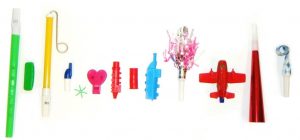
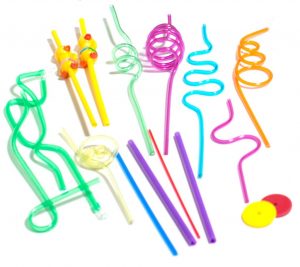
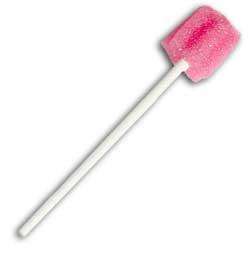
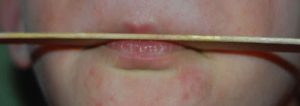
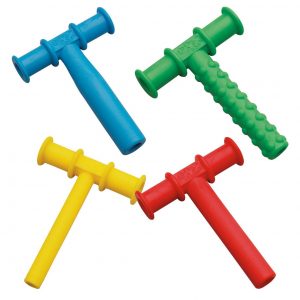
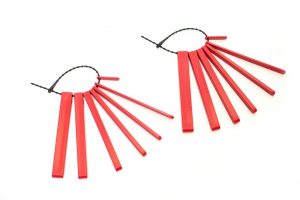
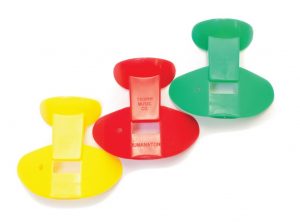
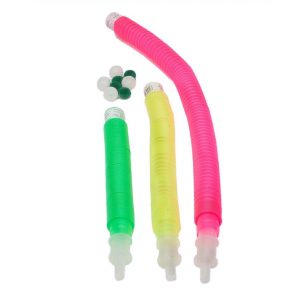
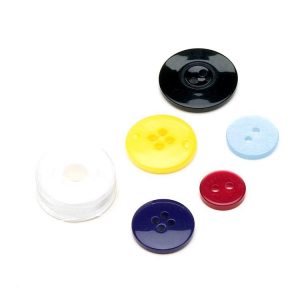
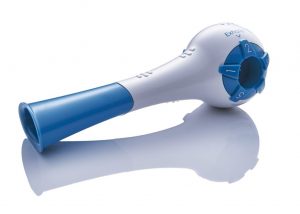
Leave a Comment
(0 Comments)